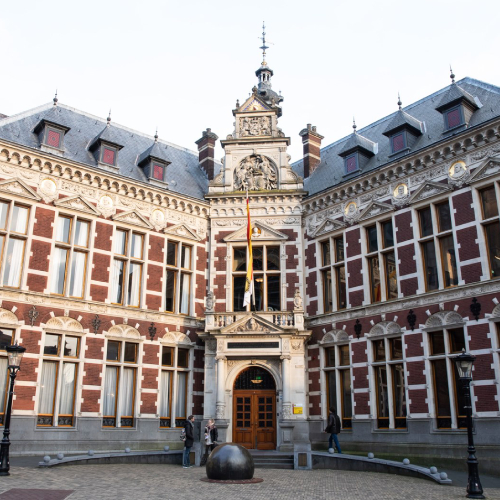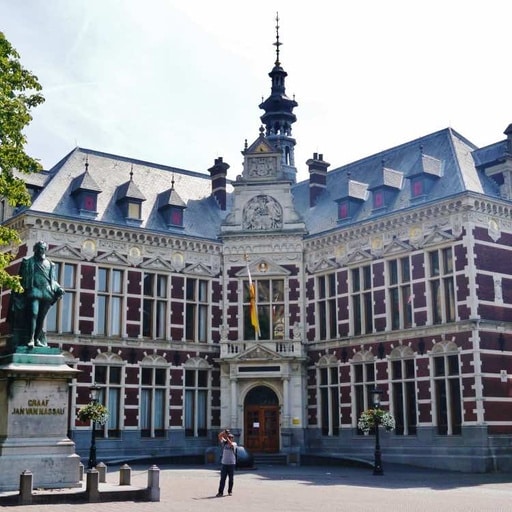Utrecht's Architectural Evolution
In recent years, Utrecht has witnessed a significant transformation in its skyline, largely due to the ambitious expansion of Utrecht University. The university's new towers, which include the striking David de Wied Building and the towering Minnaert Building, have become prominent features of the cityscape. These structures not only serve academic purposes but also symbolize the city's commitment to modern architecture.
The David de Wied Building

Completed in 2024, the David de Wied Building stands as a testament to innovative design. Its sleek glass facade reflects the surrounding city, creating a dynamic visual interplay with the environment. The building houses state-of-the-art laboratories and lecture halls, designed to foster collaboration among students and researchers. Its strategic location near the university's central hub makes it a focal point for academic activities.

Minnaert Building's Sustainable Design

The Minnaert Building, completed in 2023, is another architectural marvel. It incorporates sustainable design principles, featuring solar panels and a rainwater collection system. The building's unique shape, with its angular lines and open spaces, maximizes natural light, reducing the need for artificial lighting. This focus on sustainability aligns with Utrecht University's commitment to environmental responsibility.
Impact on Utrecht's Urban Landscape
The addition of these towers has significantly altered Utrecht's urban landscape. They provide a modern contrast to the city's historic architecture, such as the Dom Tower. This juxtaposition highlights Utrecht's blend of tradition and innovation. The towers have also spurred economic growth in the area, attracting businesses and increasing foot traffic around the university.
Community and Academic Benefits
Beyond their architectural significance, the new towers have enhanced the university's ability to accommodate a growing student population. The expanded facilities support a wide range of academic programs, from the sciences to the humanities. Additionally, the buildings offer public spaces that host community events, further integrating the university with the city of Utrecht.










